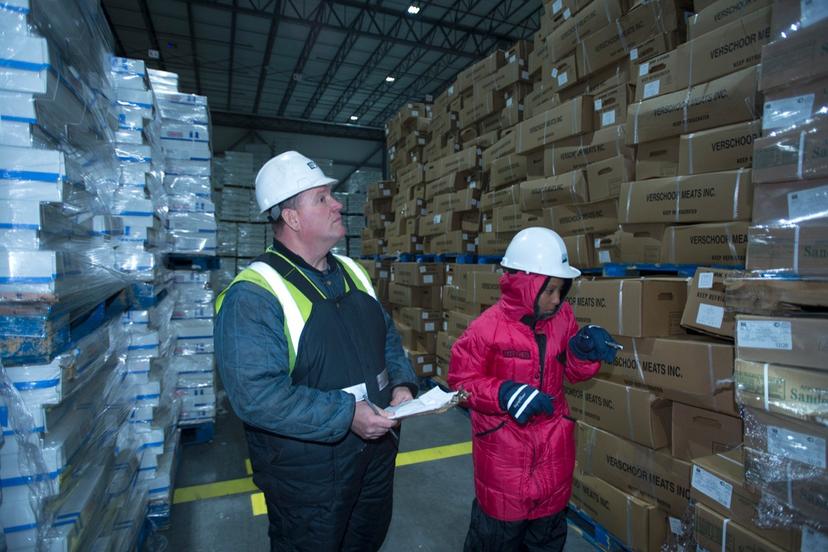Import Export

Structure
The United States was the world's largest importer in 2019, according to the World Trade Association. U.S. imports totaled $3.1 trillion in 2019. Capital goods accounted for $678 billion of the total, followed by consumer goods ($654 billion); industrial goods ($522 billion); automotive ($372 billion); and foods, feeds, and beverages ($151 billion). Meanwhile, U.S. exports reached $2.5 trillion. Capital goods also was the top export category, at $547 billion, followed by industrial goods ($531 billion); consumer goods ($206 billion); automotive ($162 billion); and foods, feeds, and beverages ($131 billion).
The United States had the largest trade deficit in the world in 2019, totaling $617 billion in goods and services. This was the highest since 2008, when the deficit reached nearly $709 billion. America's deficits with several countries shifted and its overall trade deficit fell for the first time in six years in 2019. The U.S. deficit with China declined to $346 billion, while the deficit with Mexico increased to $169.3 The nation also recorded record surpluses with South and Central America ($53.7 billion) and the United Kingdom ($5.9 billion).
A major international trade development occurred in January 2020, when the United States-Mexico-Canada Agreement (USMCA) was submitted to President Trump for his signature. The International Trade Administration claimed the renegotiated version of the North American Free Trade Agreement (NAFTA) would "create more balanced, reciprocal trade that supports high-paying jobs for Americans and grows the North American economy." Key changes were made in several categories, including agriculture, small and medium-sized businesses, manufacturing, and dairy. Additionally, the agreement also involved the modernization of provisions pertaining to intellectual property, digital trade, the environment, labor, currency, financial services, and shipment value levels.
A coronavirus pandemic, which broke out in Wuhan, China, in January of 2020, deeply disrupted world trade. To slow the spread of the COVID-19 infection, international travel and shipping were restricted and shut down entirely in some cases. Product shortages occurred in many countries, and unemployment rose as business shuttered to protect workers from exposure to the virus. The outbreak cast a harsh light on the vulnerability of world trade to such disruption and illustrated how global travel and trade contribute to the rapid spread of novel diseases. It remained uncertain what long-term affect the pandemic might have in world trade and what changes to trade policies and practices might follow.
Professions in import-export include purchasers, buyers, economists, marketing research analysts, delivery and logistics experts, and support personnel. Large companies may have these professionals on staff. Small to mid-sized companies hire these individuals through consulting firms.
Purchasers and buyers work in a number of capacities for large and small companies. Not all purchasers and buyers are involved with import or export. Those who are keep track of world markets to obtain the highest quality merchandise at the lowest possible purchase cost for their employers. In their search for these good deals, they review listings in catalogs, industry periodicals, directories, and trade journals as well as visit manufacturers or sellers. Purchasers who specialize in commodities (raw materials such as steel, lumber, and cotton) track such things as market conditions, price trends, and futures markets.
On the opposite side of the transaction are marketing research analysts. They are concerned with the potential sale of a product or service. For example, they analyze statistical data on the buying practices of consumers in foreign markets before a company introduces its product to that market. They gather data on competitors and analyze prices, sales, and methods and costs of marketing and distribution. Is the cost of marketing and delivering a product all the way overseas worth the profit it will make? Marketing research analysts help companies make that determination.
A host of other professions make up import-export careers. Accountants are responsible for trade and tariff payments, investments, and currency exchange. Interpreters and translators are needed for contracts, hiring, training, sales, and almost every other aspect of the work. International affairs specialists give advice to a company on the business and political climate of a foreign country.
